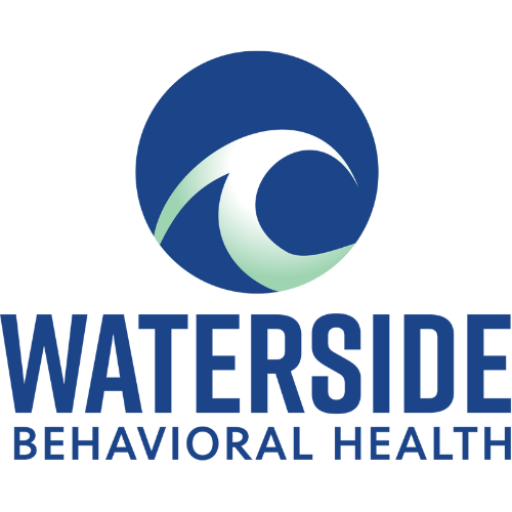PHP vs IOP: Understanding the Key Differences and Applications
PHP vs IOP. When deciding between a Partial Hospitalization Program (PHP) and an Intensive Outpatient Program (IOP), it’s important to understand their differences and how each can best meet specific treatment needs. Both programs are designed to support individuals in managing mental health conditions and addiction, but they vary significantly in terms of structure, intensity, and treatment goals.
Key Takeaways:
- PHP provides intensive, full-day treatment and is designed for individuals requiring more support.
- IOP offers more flexibility, allowing patients to manage their treatment while maintaining daily responsibilities.
- The choice between PHP and IOP depends on the severity of symptoms and the individual’s need for structure and support.
Overview of PHP
A Partial Hospitalization Program (PHP) is one of the most intensive outpatient treatment options available. It typically involves attending therapy sessions five to seven days per week, often lasting most of the day. PHP is designed for individuals who require more structure and support than standard outpatient care but do not need the full-time care provided in inpatient settings.
PHPs are used to treat a variety of mental health disorders, including severe depression, anxiety, and substance use disorders. Treatment often includes individual counseling, group therapy, medical monitoring, and skills-building activities. PHPs are ideal for those transitioning from inpatient care or for individuals who need daily intensive treatment to prevent hospitalization.
Overview of IOP
Intensive Outpatient Programs (IOP) provide a step down from more intensive treatments like PHP or inpatient care. IOPs typically involve attending therapy several days a week, with each session lasting 2 to 3 hours. Unlike PHP, IOPs offer more flexibility, allowing patients to return to their homes and manage daily life while still receiving structured support for their recovery.
IOPs are effective for individuals dealing with mental health issues or addiction who require significant therapeutic support but can still function in daily activities. These programs are often used to help individuals maintain their recovery during the transition back to full independence.
PHP vs IOP: Key Differences
The main difference between PHP and IOP is the level of intensity and structure.
- PHP offers more intensive treatment, with full-day programs that provide higher levels of support and supervision.
- IOP offers a more flexible approach, with fewer hours of treatment per week, allowing individuals to maintain their daily activities, including work or school, while receiving therapy.
Both programs have their place in the treatment continuum. PHP is typically for individuals in crisis or those needing a higher level of care, while IOP works well for individuals who are stable enough to manage their recovery at home but still need regular support.
When to Choose PHP or IOP
- PHP is ideal for:
- Individuals in need of intensive, structured support.
- Those who have recently been hospitalized and require continued care.
- Individuals at high risk of relapse who need more supervision and treatment.
- Those struggling with severe mental health conditions or substance use disorders.
- IOP is ideal for:
- Individuals who are relatively stable but still require support in maintaining their recovery.
- Those who need more flexibility to manage their personal or professional responsibilities.
- People who have completed a higher level of care, such as PHP or inpatient treatment, and are ready to step down to a less intensive level of support.
Advantages and Challenges
Both PHP and IOP have unique advantages and challenges.
- Advantages of PHP:
- Provides intensive treatment with daily support.
- Offers comprehensive therapy options, including group, individual, and family counseling.
- Provides a structured environment, which is beneficial for individuals with severe symptoms or those in crisis.
- Challenges of PHP:
- The time commitment can be difficult for some individuals, especially those with work or family obligations.
- It may be more expensive than IOP due to the level of care and time required.
- Advantages of IOP:
- Offers more flexibility, allowing individuals to attend treatment while managing their daily responsibilities.
- Can be less intensive, making it a good fit for those who do not require full-day treatment.
- Challenges of IOP:
- The reduced intensity may not be sufficient for individuals with severe symptoms or those at high risk of relapse.
- Less supervision compared to PHP, which may lead to challenges in accountability for some individuals.
Conclusion
PHP and IOP both serve vital roles in mental health and addiction recovery. The right choice depends on the individual’s level of need, with PHP providing more intensive care for those in need of a structured, immersive treatment experience, and IOP offering a more flexible option for those who are more stable but still need therapeutic support. By understanding the differences between these programs, individuals can make an informed decision that best supports their recovery journey.
You’re not alone, and help is always within reach. Contact us today at (774) 619-7750 and take control over your mental health.




